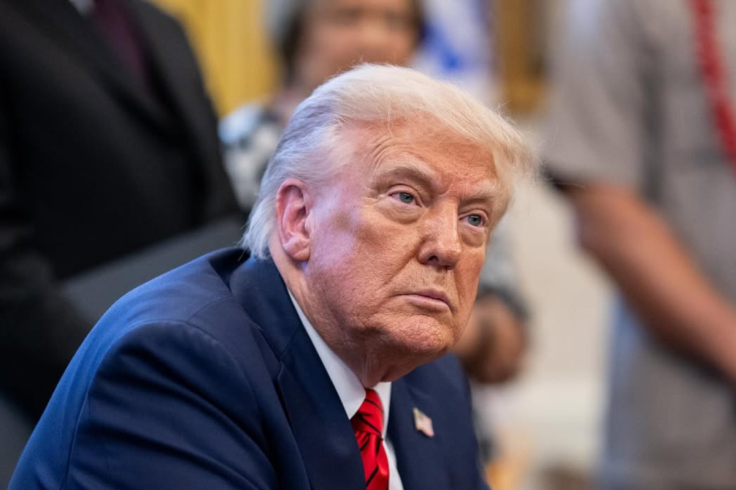
In the wake of the US government's shutdown, attention has turned to a controversial plan known as Project 2025. Once dismissed by Donald Trump, it is now being closely tied to his agenda. The question is: what exactly is Project 2025—and how could it affect US society?
Project 2025 is a 900-page, agency-by-agency blueprint for a conservative administration. It lays out policy goals, a vision for the country's direction, and strategies to consolidate executive power. Acting almost like a playbook, it argues a president can quickly reshape government by (1) installing ideologically aligned personnel, (2) restricting the administrative state, and (3) issuing immediate executive orders (EOs) to reset rules and guidance across agencies.
Examples of Executive Orders Proposed in Project 2025:
- Reinstating 'Schedule F.' Reviving EO 13957 (2020), which reclassifies policy-related civil-service jobs to make them easier to hire and fire.
- Limiting 'government by guidance'. Reviving and extending Trump-era orders requiring agencies to treat guidance documents as non-binding, and pushing more policies through public notice-and-comment.
- Workforce changes. Reducing degree requirements for federal jobs ('skills over credentials') and revising civil-rights paperwork to emphasize free-speech protections.
- Agency-specific orders. Issue rapid Day One directives for agencies like USAID, Interior, and Education to shift policy direction immediately.
Why Project 2025 Is Back in the Headlines
Project 2025 resurfaced in headlines after Donald Trump used his social media platform to suggest that the government shutdown created the perfect opportunity for its implementation. In his posts, he mocked Democrats and framed the shutdown as a chance to cut down on what he called Democratic-led agencies inside the White House. This framing reignited debate over whether a president could use executive orders, like those envisioned in Project 2025, to reshape the federal government even during a funding lapse.
Trump scammed you. He is, and was always, Project 2025. pic.twitter.com/YdQKbfDU7U
— The Lincoln Project (@ProjectLincoln) October 2, 2025
Can a Shutdown Really Enable Project 2025?
The short answer is no—executive orders cannot override the laws that govern federal funding. A shutdown occurs when Congress fails to pass appropriations or a continuing resolution. Under the Antideficiency Act, agencies are legally barred from spending or even committing to spend money without congressional approval, with narrow exceptions for protecting life and property or continuing activities 'authorized by law'. This means that no matter how sweeping, a presidential executive order cannot create funding or bypass Congress' constitutional 'power of the purse'.
Still, executive orders could shape the practical impact of a shutdown. While they can't reopen the government, they can affect who keeps working, which functions are prioritized, and how the administration manages the crisis. For example:
- Defining 'excepted' workers. During a shutdown, agency heads and the Office of Management and Budget (OMB) decide which positions are essential for protecting life, property, or carrying out legal obligations. EOs that reorganize agencies or redefine job categories could indirectly influence which employees continue working without pay.
- Restricting agency guidance. Project 2025 proposes limiting the use of informal 'guidance' documents. In a shutdown, this could further restrict agencies from launching new enforcement or policy initiatives, consolidating decision-making at the political leadership level.
- Prioritizing multiyear funds. Some government functions operate on unexpired or multiyear appropriations and can continue during a shutdown. Administration guidance—shaped by executive direction—can decide which of these activities are given priority.
Testing Ground for Reshaping Agencies
Ultimately, Trump's posts point to a willingness to leverage the shutdown as a political and administrative tool. While executive orders cannot resolve a funding lapse, they could be used to implement portions of Project 2025, particularly its workforce and reorganization strategies. In practice, this means a shutdown could serve as a testing ground for reshaping agencies, concentrating executive authority, and advancing conservative control over federal institutions—without crossing the legal limits of the Antideficiency Act.







